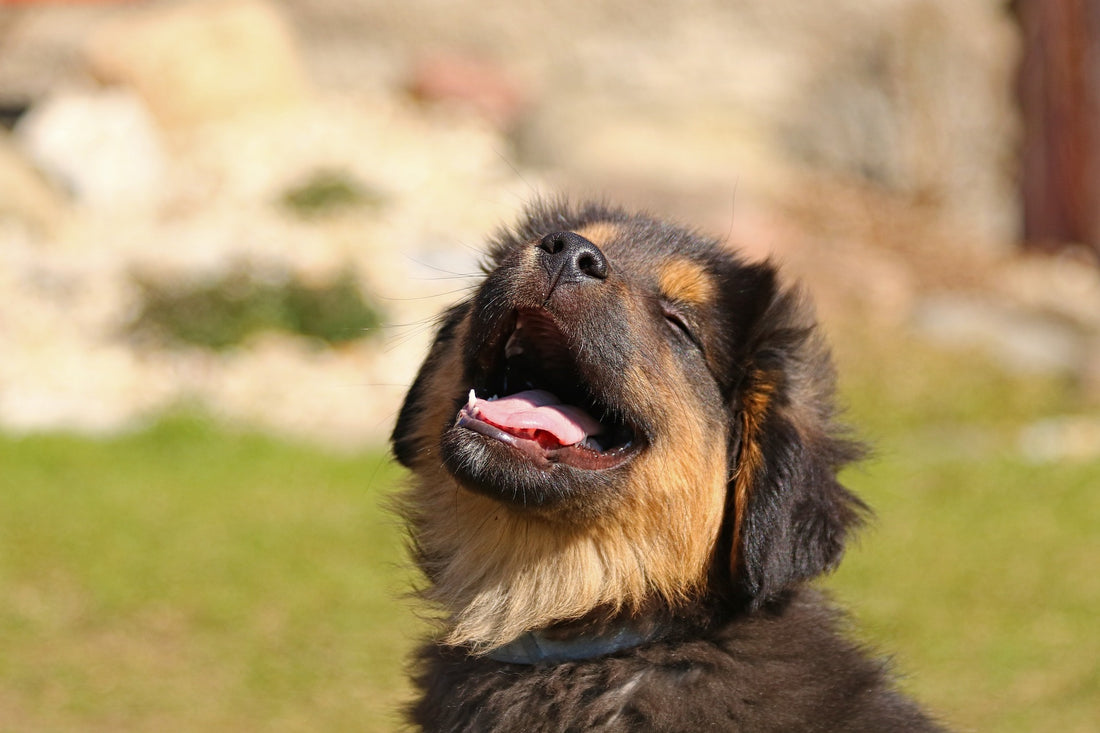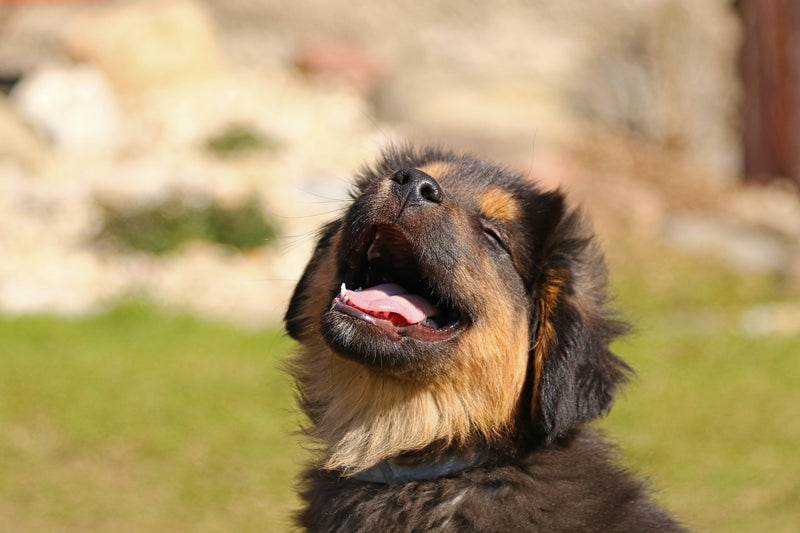New puppies are adorable. But like all little babies, they need a ton of care. The number of things needed to get your new puppy’s life started right can be a little overwhelming. Of course, your pup doesn’t just need time and attention—they also need the right food, a safe and comfortable environment, toys, treats, leashes, bowls, tags, and more! Putting together the right mix of food items, care items, and developmental items early on is key to your puppy growing into a healthy, well-behaved, well-adapted, and loving family member.
Looking for a little guidance on what goes into life with a new puppy? Read on!
The Early Days
A young puppy needs special care, much like a new baby would. While you can expect them to learn and grow quickly, it’s important to be patient as your pup becomes acclimated to your normal daily routine. During this early period, expect to give your pup constant supervision and treat them with a gentle touch, and lots of stimulating play time. Toys are very important for mental stimulation. They are also helpful to you when training your puppy not to chew on your things. The wider the variety of available toys you offer your puppy, the better; just be certain that each toy is not so small that it can be swallowed.
Housebreaking is going to be your most urgent training challenge in these early days. Here are some tips to make life a little easier and a LOT less messy.
Be alert for signs (circling and sniffing) that your puppy has to go potty, and immediately (and often) take them outside to handle their business. It is often helpful to keep your new puppy on a long leash while they’re indoors. This would keep your pup always in sight so you can be immediately alerted when they need to potty.
When your new pup successfully does their business in the appropriate place, be sure to praise and reward them with treats or toys (whatever they are most motivated by). When accidents happen inside, it’s best to give your puppy a negative queue like the word “no” sharply spoken, and immediately take them outside. A good cleaning spray that is specially formulated to discourage them from using that spot again in the future is a lifesaver. Cleaning sprays like this will remove the stain and odor. Crate training also works wonders for housebreaking.
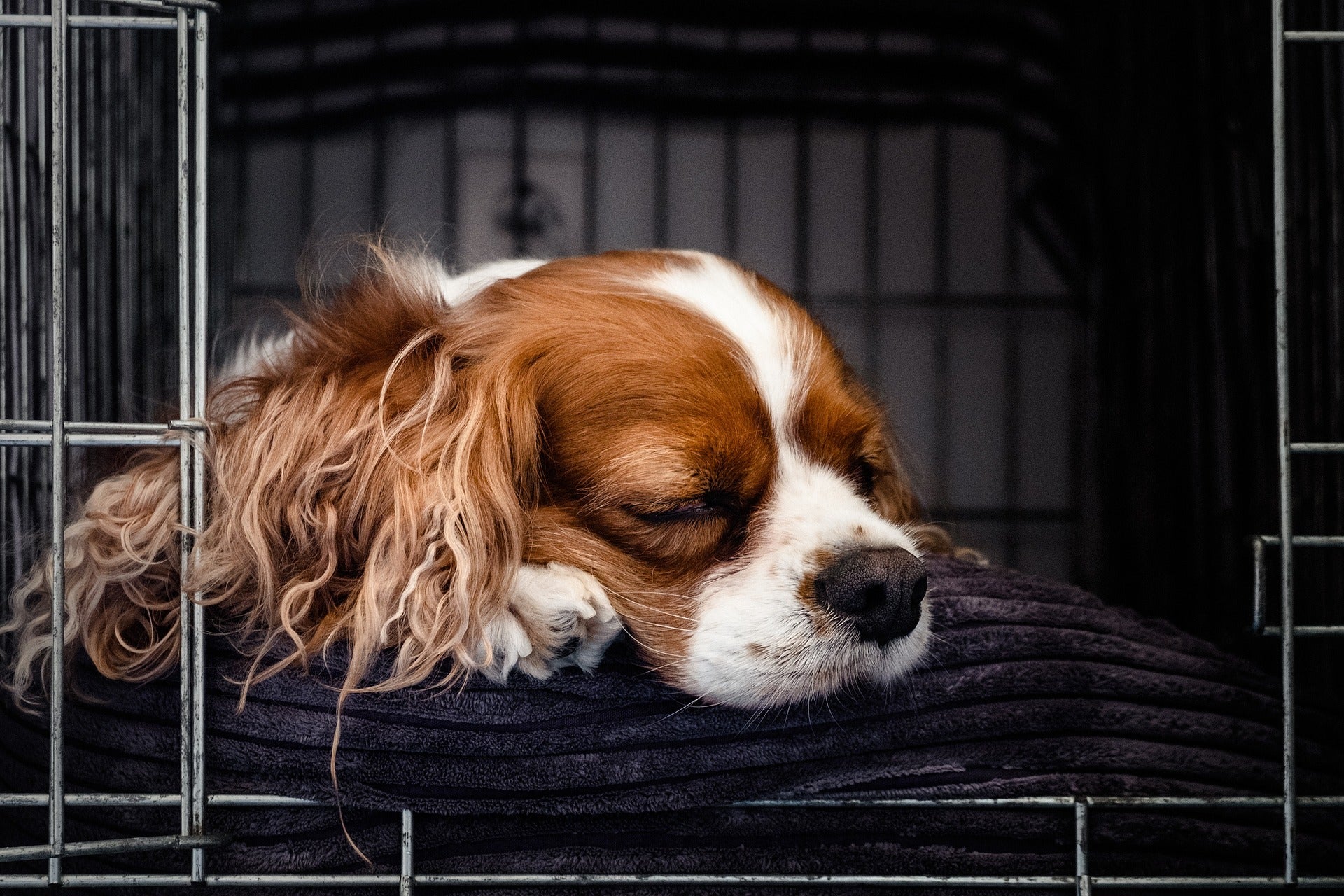
Crate Training
A crate is a combined sleeping area, housebreaker, and preventer of bad habits (such as nighttime shoe chewing). It’s one of the best investments you’ll ever make for your puppy.
A good crate will last for a lifetime. So aim to find something large enough for your dog to be comfortable in as an adult. A crate like this will likely be too large for a new puppy, but you can make it comfier and more useful for housebreaking by inserting a divider to make it smaller. The reduced area should be small enough so that the puppy can’t have an accident on one end of the crate and simply move over to the other end to sleep. Puppies should only be left in the crates for short periods initially; so that they learn it is a temporary shelter and not an appropriate place to go potty.
Avoid using the crate as a form of timeout or punishment. Your puppy needs a place where they can always feel safe and secure, and they shouldn’t see it as a ‘jail’. Keep the crate in a warm and clean area, and make sure there is a clean blanket or soft bedding inside. To make the crate a more friendly place, you can give your pup appropriate toys and treats when they are resting inside.
If your puppy sees their crate as their bed, their safe place, and a positive experience, they won't want to use it as a place to go potty. However, puppies can only ‘hold it’ so long, so constant trips outside are key. Very quickly, your puppy will begin using the crate on their own as a safe place to go when they need a nap or quiet time.
Diet
Your puppy requires an age and growth-rate-appropriate diet to stay healthy. Look for food that is formulated either specifically for puppies or clearly labeled as “all life stage.” These formulations will have the appropriate amount of nutrients to help your pup grow strong and healthy.
However, if you want to dig into the gritty details and find the perfect food for your pup, everything you need to know is written on the bag. Specifically, puppies need four key nutrients as they grow: protein, fat, calcium, and carbs. To figure out if any particular food has the appropriate amounts of these nutrients, check the ingredients and guaranteed analysis listed on the back or side of the packaging. You should find a food with 22-32% protein, 10-25% fat, 0.7-1.7% calcium, and a primary source of carbs from starchy/fibrous vegetables and non-cereal, non-gluten-containing grains. These levels and ingredients support optimal growth, so it is not often recommended to deviate from them.
Careful attention to ingredients can help you choose a quality dog food. In general, real meat should be named as the first ingredient—for example, “chicken” or “chicken meal”. At the very least, one or both of the above options should be listed in the first three ingredients on the back of the bag; and foods with ingredients containing the words “by-product” or foods with extremely carb-dense cereal grains (like corn or wheat) as the primary ingredients should be avoided.
Many people choose to mix different types of food together like adding a freeze-dried topper to kibble, or mixing canned food with kibble and warm water. This has many benefits including making your puppy’s meal more appetizing, diversifying their diet so they don’t develop intolerances, and keeping their teeth clean.
Note: Don’t worry if this is confusing. You can always talk to any of our in-store associates and we would be happy to help you select the perfect food for your situation.
Outside of mealtime, treats are a pup's best friend! Most dogs are very food-driven, so high-quality training treats are a must-have for reinforcing good behavior. Your dog will be the best judge of which treats work best. Just make sure to only give fully-digestible treats, and give no more than 10% of your pup's calories every day.
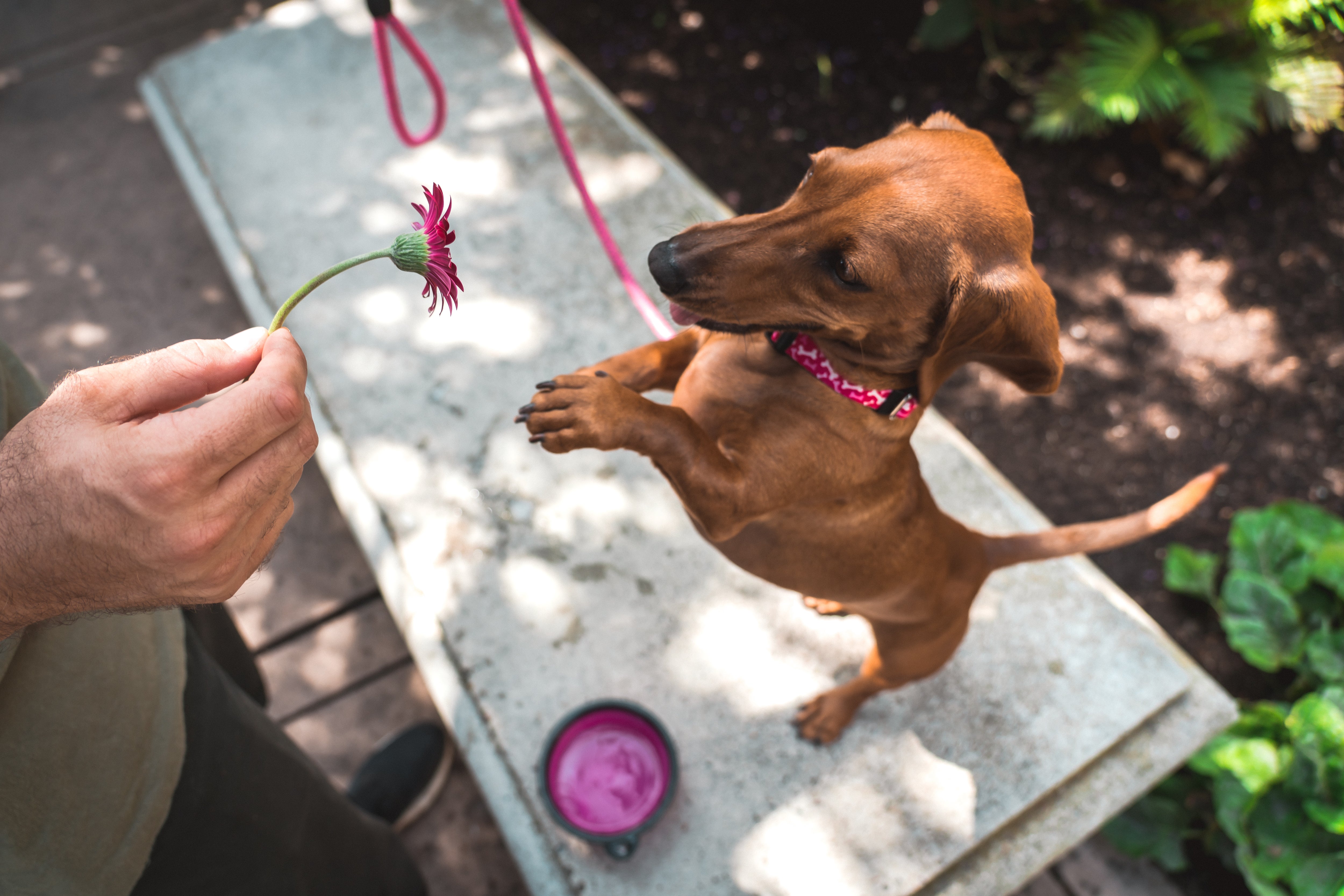
Cleaning & Health
Cleanliness is the best way to ensure that your puppy stays healthy as they grow. That’s why keeping their crate, bedding, and play areas clean is important. Pick up after them as soon as they go potty. Clean up any accidents quickly. And be on the lookout for signs of illness like lack of energy, loss of appetite, diarrhea, vomiting, whimpering, excessive licking or itching, or dizziness.
Aside from keeping their areas clean, keeping your puppy away from areas where non-resident pets play (public parks, dog beaches, and even pet stores) until the puppy has finished all of their immunization requirements will help prevent them from contracting a life-threatening disease. Often your pup will not be fully vaccinated until they are 4 or 5 months old.
Regular brushing and grooming are essential for puppies and dogs, but your veterinarian may recommend that you do not bathe your puppy when it is younger than up to 12 weeks. Ask your vet for recommendations as soon as possible.
Too, keep harmful cleansers, plants, electrical cords, breakable objects, and out-of-house escape routes out of your puppy’s reach.
Recommended Supplies
You’ll need everything from the basics like a collar and leash, to some things you might not have thought about like a brush or stain and odor remover. It’s a lot to keep track of. That’s why we put together this helpful new puppy checklist.
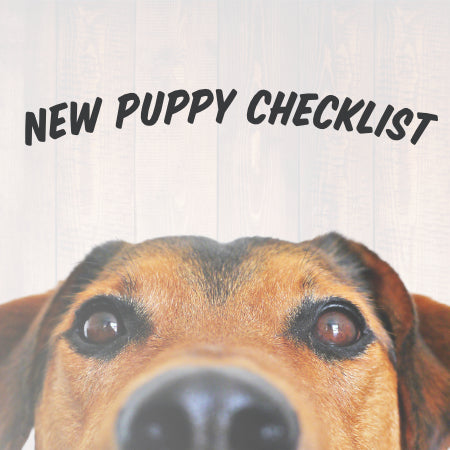
Congratulations on your new puppy! We get it, new puppy life can be overwhelming. But if you follow these basic guidelines, you’ll make it through the early days and come out of them with a well-behaved, healthy, loving dog.
Thank you for taking the time to read our article on what to do when you get a new puppy! If you have any questions, we're always happy to help! Feel free to give us a call, shoot us an email, or stop by your local Kahoots Pet store.

